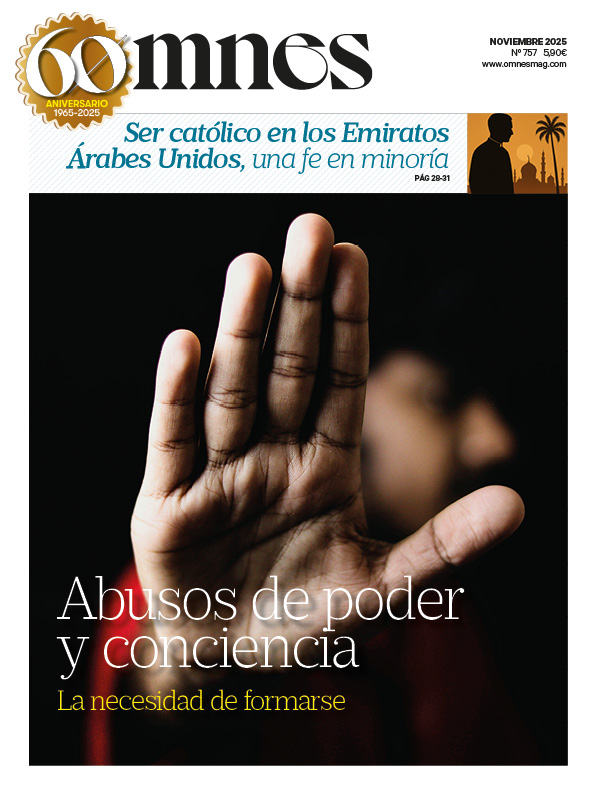Ungarn in the end of the 17th century. The country has been largely occupied by the Turks, some parts of it have been destroyed during the 150 years of the ongoing war. The Austrian Habsburg men are now over the country, but many from Adel and Volk are unhappy that the König of Hungary no longer resides in the Königsburg of Buda (a part of the present Budapest), but rather in modern Vienna.
In the small Greek-Catholic church in the village of Pocs - today in the northwest of the country - there is now a simple Marienikone, which was built by the Bruder of a farmer. It belongs to the type of the "Hodegetria" (Wegweiserin) and shows Maria, how she with her finger on the Jesus Christ on her arm weist. On one day, on November 4, 1696, during the Holy Liturgy, an anwesender Bauer, dass dass aus den Augen der Ikone Tränen fließen. The phenomenon, which will be marked by intercessions up to 8 December, will be marked by both physical and worldly events. Ungarn ist konfessionell stark zersplittert, doch dieser Umstand erweist sich im Fall der Prüfung des Wunders als Glücksfall: Nicht nur nur Katholiken, sondern auch auchas zahlreiche lutherische und calvinistische Christen bezeugen die Authentizität des Ereignisses.
Auch Kaiser Leopold I. und vor allem seine Gattin Eleonore Magdalena werden aufmerksam auf das Ereignis. The decision is clear: The wonderful picture must be used in the center of the Kingdom, in the Residenzstadt Wien! On March 1, 1697, the Ikone in Pocs was assembled and sent to Wien, where it was to be mounted with numerous festivities and events. Your final stop is the Ikone in the Stephansdom, the cathedral of the city. Even more important will be the coming of the Gnadenbildes in the Reich, when, on September 11, 1697, Prince Eugen of Savoy at the Schlacht of Zenta (then Ungarn, now Serbien) makes a siege over the Osmanen. The triumph will be celebrated by the Kaiserhaus and the predecessors of the damned time of the Muttergottes of Pötsch - as the unique place in the German language will be known.
The owners of the farm are first and foremost concerned that they have been given "their" wonderful Ikone. After ten years, Pócs first made a copy of the painting after ten years. But here's the thing: While the original in Vienna was no longer in use, on August 1, 1715, Pócs already had the next three-year anniversary, this time from the days of the copy. The right-handed bischof was the first to take up the idea and after a short period of time, he already made use of the second most beautiful Ikone of Pocs, which remained in the area. The town has lost the name of the Gottesmutter and is known as Máriapócs. In the middle of the 18th century, a baroque wall church was built in order to fill in the large number of pilgrims and a church of the Order of the Greek-Catholic Basilians was erected. The wonderful history of the Ikone remains until the modern era: From 3. December 1905, the picture began a new era - the mystery was still alive until the end of the year and was first published as authentically as possible. In 1991, the beloved Pope Johannes Paul II visited it. Máriapócs and there he celebrates the liturgy according to the most cherished tradition. Today, many hundreds of thousands of people are coming every year to the northwestern Hungarian city, which is one of the most important in the region.
If the Original-Ikone in Stephansdom has no longer existed since 1696, its further history is no less important. In the last days of the Second World War, as the 400 year old high priest of the Stephansdoms Feuer fing and the Pope of the Church began to die, she became a hero. In 1948, she was then placed at an altar on the right side of the Langhauses, under the original "Öchsel-Baldachin" from the 16th century.
Internationale Berühmtheit erhielt das Gnadenbild dann durch den Besuch eines Heiligen: Am 4. December 1955, the son of Josemaría Escrivá, the founder of Opus Dei, visited the "Madonna of Pötsch". The portrait of a priest from a church, which he sees in the background of the Eisernen Vorhang, is an example of this. Es ist für ihn das Tor zur Ausbreitung des Glaubens in jene Gebiete, die unter kommunistischer Herrschaft stehen. "Sancta Maria, Stella Orientis, filios tuos adiuva!" (Heilige Maria, Stern des Ostens, hilf deinen Kindern!), fleht er zu ihr. This stock is growing in the last decades in the whole world. The 1989/90s saw the death of the former Josemaría and the spread of communism in Eastern Europe. On January 9, 1902, on the 100th anniversary of Escrivás' death, the Viennese Cardinal Erzbischof Christoph Schönborn made a donation next to the altar. Today, the Muttergottes of Máriapócs Christen from East and West, from Mitteleuropa and the whole world.







